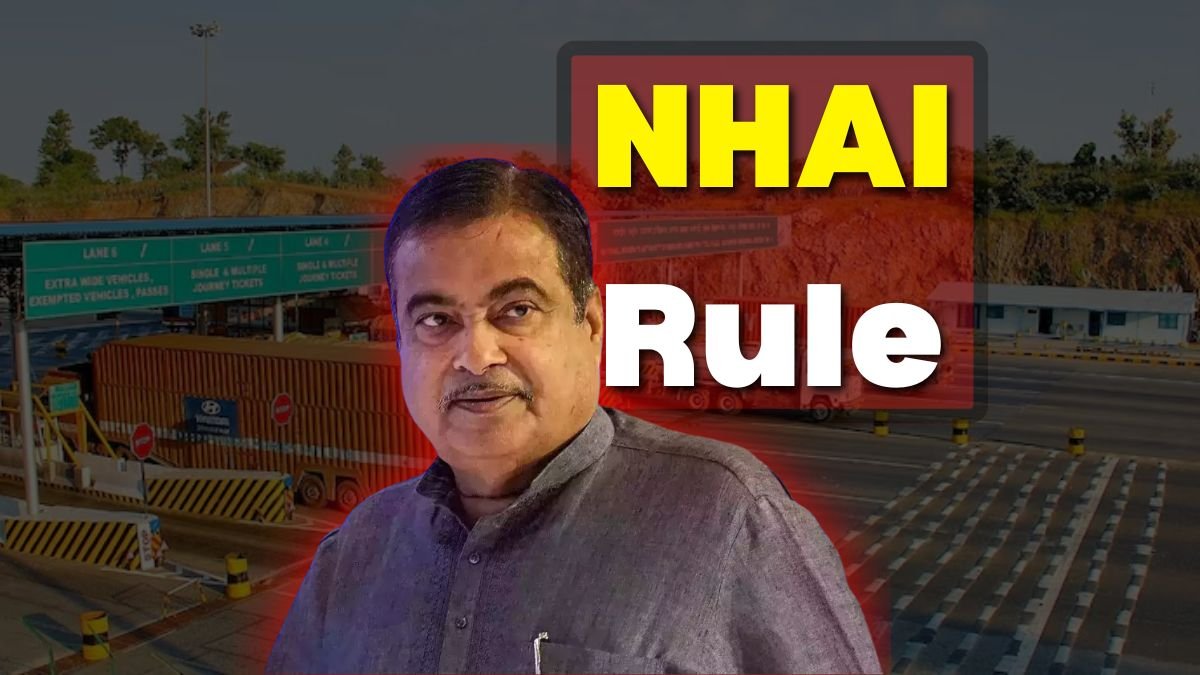So, if you drive quite often on highways, what National Highways Authority of India (NHAI) will do is to save you time and money. Lately, in a notification, NHAI clarifies that a toll tax will not be paid if the queue limit exceeds a certain limit, which is intended for decongestion so that traffic can go on uninterrupted.
When to Avoid Paying Toll Tax?
Saying that according to NHAI directions, if a vehicle line extends beyond 100 meters from the toll booth, tax collection is halted. This means that fewer delays for commuters are being determined by how fast this toll collection will come to.
How is it done?
- A yellow line will be marked from the toll booth at 100 meters.
- If the queue crosses this line, there will be a period of toll-free driving until traffic dissipates.
- Once the line shrinks to 100 meters, toll collection will resume.
Further, to ensure speedy transactions, the maximum processing time set by NHAI is now 10 seconds per vehicle at toll plazas.
60 km Rule: Stops Excessive Toll Plaza
The Ministry of Road Transport and Highways has made mandatory two toll plazas on the same highway to be 60 km apart. This rule is an extension of the Fee Rule 2008 to avoid charging tolls on very short distances. Exceptions to this rule could be in instances of constraint by space or congested traffic.
Difference Between Toll Tax and Road Tax?
- Road Tax: paid to the Regional Transport Office (RTO) for using the roads falling under the scope of a particular state;
- Toll Tax: charges that apply to highways and expressways and are collected for maintenance by NHAI or private operators.


